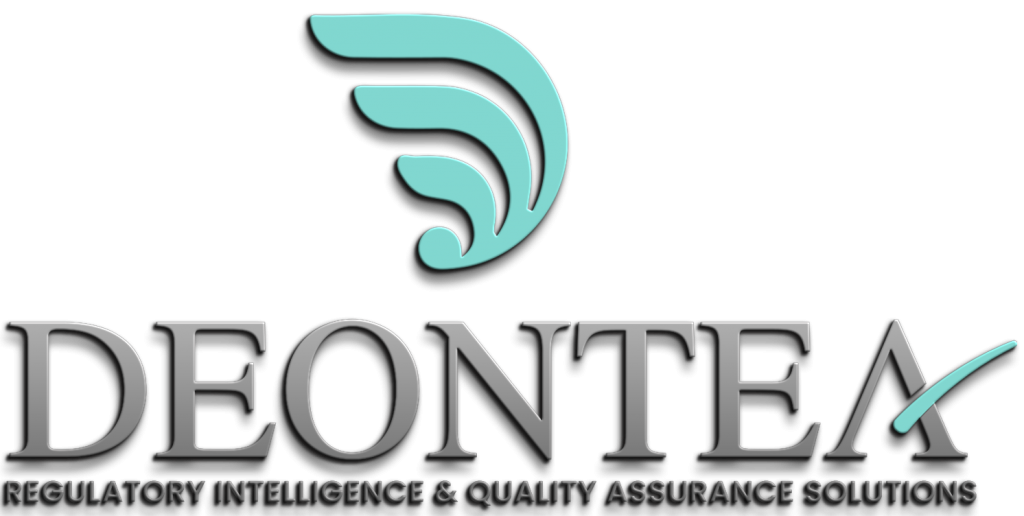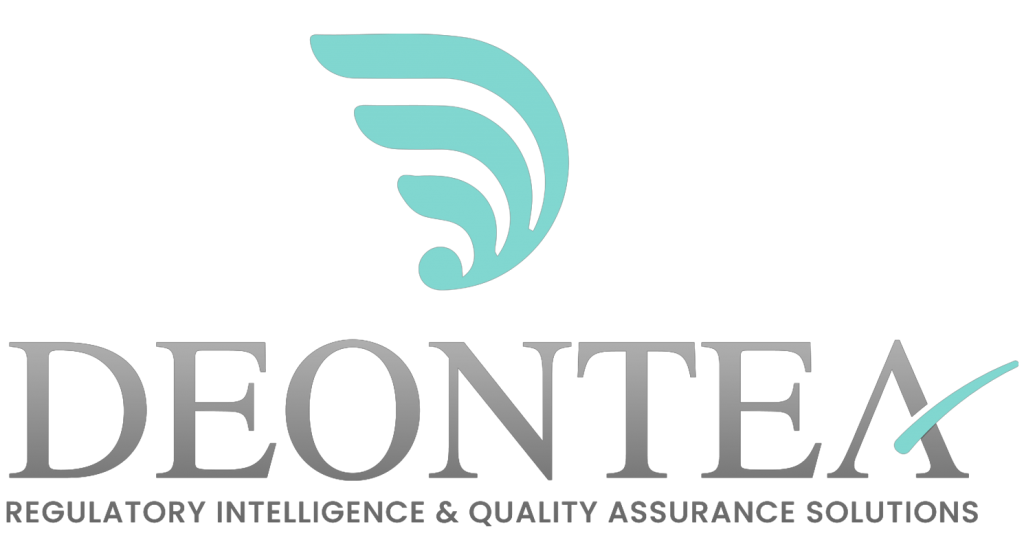Clients Reporting Tools
MiFID II, PRIIPS & ESG have substantially increased the reporting and information burdens faced by firms. Regulators believe that increased transparency shall address information asymmetries between investment firms and their clients. The enhance information is expected to provide clients with the necessary tools allowing them to scrutinise, monitor, and where necessary challenge the performance and practices of their services providers.
MiFID II
The real challenge of MiFID II requirements is to find the adequate balance between disclosing what is required, and disclosing everything under the assumption that if everything is disclosed, then compliance will be achieved by default. For instance, many firms choose to disclose their entire Order Execution policies or Conflict of Interest Policies, while the actual regulatory requirement is to provide clients with “Information on” or “Summaries” of those policies.
Accordingly, many firms have struggled to understand what information they shall provide in relation to costs and charges, with some many conflicting information and analysis written on the subject matter.
To ensure compliance, Firms should consider to come back to the source, i.e. the text of the Directive/Regulations and supplement it with the elements provided within the ESMA Q&As or FCA thematic reviews (“What good looks like” or “Example of good practices”).
PRIIPS
Packaged retail investment and insurance products (PRIIPs) are at the core of the retail investment market. They cover a range of investment products which, taken together, make up a market in Europe worth up to €10 trillion. However, the documentation provided to investors until now was often complex, and many clients struggled to make informed decision when investing. Additionally, the different formats used by firms made comparisons difficult. The PRIIPS regulation intends to standardise the reporting, ensuring that clients are able not only to understand the benefits, but also the risks of individual products.
While those requirements can be viewed as additional burdens for firms, it is important to note that they were developed alongside MiFID II/MiFIR, and the numerous requirements are of a similar nature. For instance the costs & charges RTSs refer to PRIIPS methodology to calculate the aggregated costs & charges to be disclosed. Actually, ESMA is working to review all similar reporting requirements to ensure not only complementarity but also total coherence between all streams of applicable instruments.
Firms may benefit greatly by looking at various reporting requirements to implement a holistic approach, and analysing the similarities to create processes that will leverage on each other and not duplicate the gathering, manipulation and processing of data. It will not only facilitate the monitoring but also ensure that the information provided to customers is consistent. This is also part of the requirements to simplify the oversight.
Note
Whilst ESMA work is going towards more standardisation, Firms must understand that there is a difference between a regulatory approach and a legal approach. The former is meant at ensuring a strategic and an operational outcome. i.e., ensuring a breach does not occur while the later is meant at protecting Firms against possible liabilities. Firms should consider reviewing their approach and trying to separate regulatory documentation from legal documentation to design a better customer journey.
Deontea Ltd your highly specialised multi-jurisdictional regulatory partner can help you in auditing & gap analysing the implemented policies/procedures and arrangements to provide quality assurance and confirm full compliance with applicable regulations.


